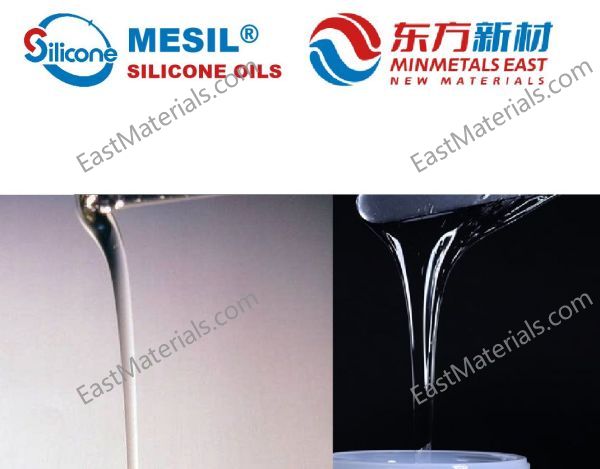
Privacy statement: Your privacy is very important to Us. Our company promises not to disclose your personal information to any external company with out your explicit permission.
Silicone Oil For Treadmill Display

Selecting the right vinyl silicone fluid for silicone rubber formulations is crucial to achieving desired performance characteristics in the final product. Here are some key factors to consider when choosing vinyl silicone fluid for silicone rubber applications:
1. **Viscosity**: The viscosity of the vinyl Silicone Oil For Lubricant will impact the processing and handling characteristics of the silicone rubber compound. Higher viscosity fluids may provide better reinforcement and improved mechanical properties, while lower viscosity fluids can enhance flowability and ease of processing.
2. **Vinyl Content**: The vinyl content in the silicone fluid determines its crosslinking ability and impacts the curing process of the silicone rubber. Higher vinyl content can lead to more crosslinking, resulting in improved mechanical strength and stability.
3. **Molecular Weight**: The molecular weight of the vinyl silicone fluid can influence properties such as flexibility, tensile strength, and elongation of the silicone rubber. Higher molecular weight fluids may enhance tear strength and elongation properties.
4. **Compatibility**: Ensure that the vinyl silicone fluid is compatible with other additives, fillers, and catalysts commonly used in silicone rubber formulations. Compatibility issues can lead to poor dispersion, curing problems, or reduced performance of the final product.
5. **Curing Properties**: Consider the curing characteristics of the vinyl silicone fluid, such as the cure rate, curing temperature, and curing mechanism. Compatibility with the desired curing methods (e.g., heat curing, room temperature curing) is essential for successful processing.
6. **Heat Resistance**: Evaluate the heat resistance of the vinyl silicone fluid, as this property is crucial for applications where the silicone rubber will be exposed to high temperatures. Ensure that the chosen fluid can maintain its properties and integrity under the expected operating conditions.
7. **Adhesion**: If adhesion to different substrates is important for your application, select a vinyl silicone fluid that enhances adhesion properties of the silicone rubber. Consider compatibility with adhesion promoters or surface treatments if necessary.
8. **Chemical Compatibility**: Assess the chemical resistance of the vinyl silicone fluid to ensure compatibility with the specific chemicals, oils, or solvents the silicone rubber may come into contact with during use. This is vital for long-term durability and performance.
9. **Regulatory Compliance**: Confirm that the chosen vinyl silicone fluid meets relevant regulatory requirements for your specific application, especially if the silicone rubber will be used in industries such as food, medical, or electronics where compliance with standards is essential.
10. **Application-specific Requirements**: Consider any specific performance requirements for your application, such as flexibility, compression set resistance, tear strength, or electrical insulation properties, and choose a vinyl Silicone Oils that aligns with these requirements.
By carefully considering these factors and conducting thorough testing and evaluation, you can select the most suitable vinyl silicone fluid for your silicone rubber formulation, ensuring optimal performance and meeting the desired specifications for your application.
October 20, 2022
October 20, 2022
Mail an Lieferanten
October 20, 2022
October 20, 2022
October 28, 2024
October 28, 2024

Privacy statement: Your privacy is very important to Us. Our company promises not to disclose your personal information to any external company with out your explicit permission.

Fill in more information so that we can get in touch with you faster
Privacy statement: Your privacy is very important to Us. Our company promises not to disclose your personal information to any external company with out your explicit permission.